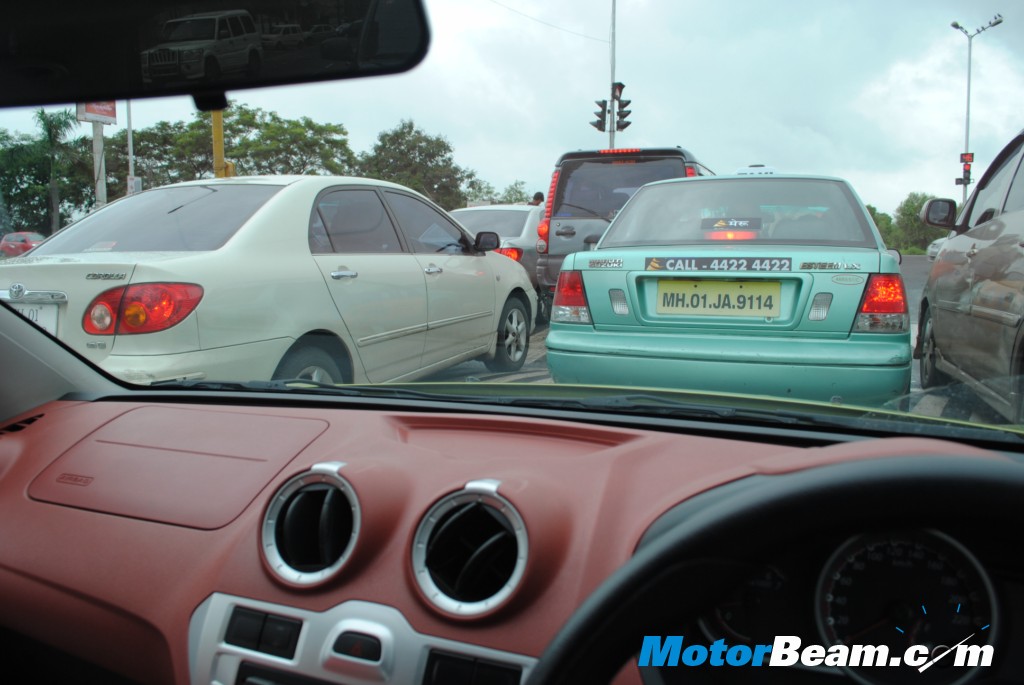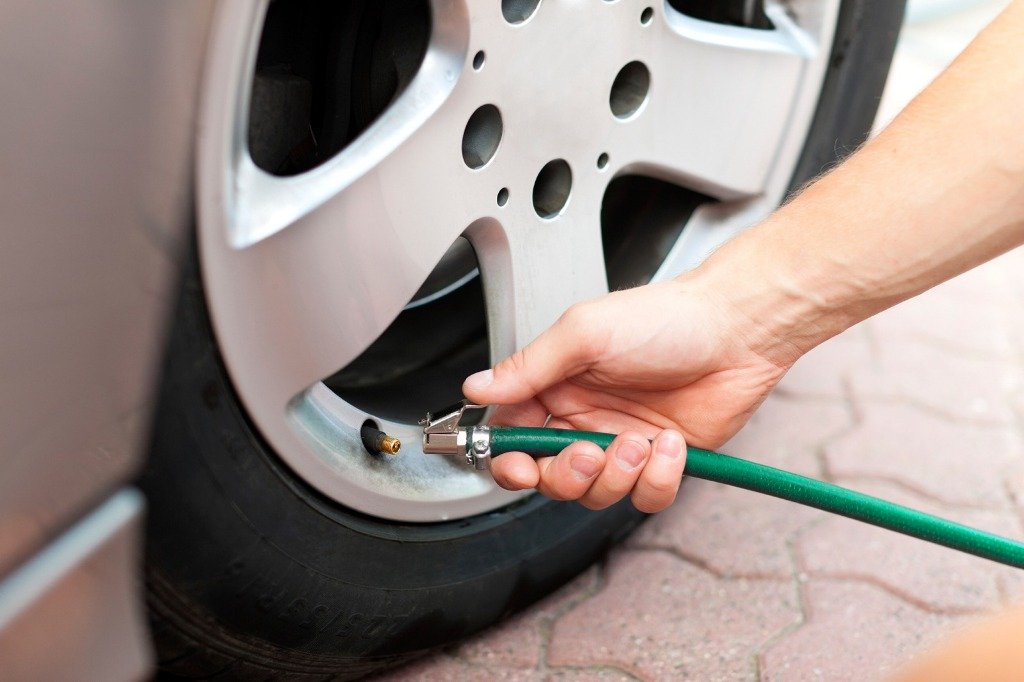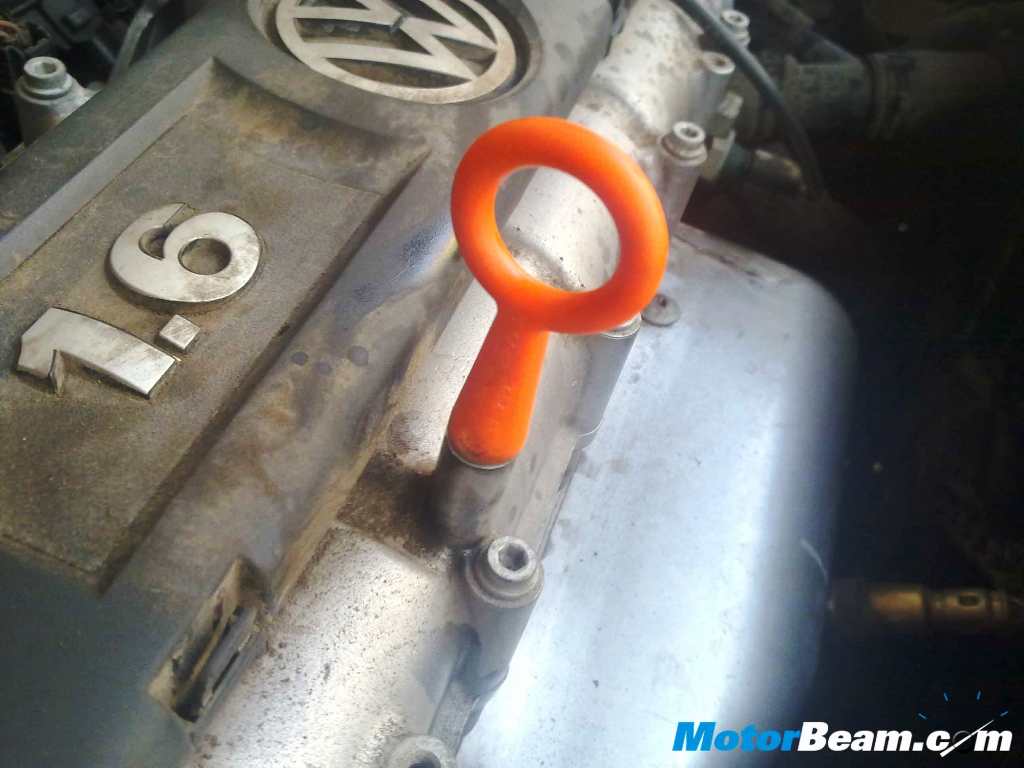Your journey is most important, however to make it more convenient it is important to do some preliminary checks before beginning your journey. Irrespective if it is a drive to the office and back or on a long journey. Make sure you check the next 10 things before starting your car.
1. Nothing is obstructing your car

Make sure there are no stones near the tyres or another car blocking your way. Your path should be free of obstacles so that you can clear out driving safely. Remove the stones or the fallen leaves on your windscreen before you get inside the car.
2. Check the tyres

Make sure you keep a check to look out for a flat tyre. Also regularly top up the air in your tyres to maintain the optimum pressure. Choose to do so fortnightly or when refuelling at the gas station. If the tyre is flat, replace it with the spare and get the flat tyre repaired. Do not ever drive the car with a flat tyre.
3. Check all fluid levels

You don’t need to check the fluid levels on a daily basis but do so once every 15 days or at least on a monthly basis. Top off the fluids whenever necessary.
4. Clean all the glass area

The front and the rear windscreen, ORVMs, rear view mirror all comprise of the glass area on your car. Make sure that they are cleaned and the visibility is high at all times. Dust particles may settle over night, that’s why it is better to wipe the rear view mirrors before beginning your journey.
5. Adjust the rear view mirrors
Adjust the rear view mirrors for your most optimal view. You should be able to see the small portion of the rear end of your car along with the lane next to it on your outside rear view mirrors (ORVM). The cabin rear view mirror should look through the rear windscreen and should guide you as to what’s exactly behind you.
6. Adjust your seat
This could be more frequent, if you are not the only driver. Do not commence your journey unless you are comfortable in the driver’s seat. you should be able to reach up to the pedals without having to stretch your legs, while your hands should not lock when holding the steering wheel. You should also be able to reach to the other controls of your car when in the driver’s seat.
7. Fasten your seatbelt
If your car has a reminder to fasten your seatbelt, well and good; if not, you better make a subconscious habit. Irrespective of the distance to travel, wearing your seatbelt is for your own safety and is also mandatory by law.
8. Check all the warning lights
If your engine is showing you any warning lights, please do not ignore it. Adhere to it and check out what the problem is. The check engine light would mean taking the car to the garage, or the oil warning light could mean, you are running on old oil and it is time for replacement. If the car is heating up too often, make sure you top off with coolant before starting your journey.
Also check if the instrument cluster comprising of the odometer, speedometer, temperature gauge and fuel gauge are working or not.
9. Check the brakes
Before you set out on your journey, make sure to check the brakes and see if they have the needed stopping power. If you feel the brakes are not effective enough, first head to the service shop or get top off your brake fluid before you begin your journey elsewhere. Ignoring your brakes can result into a life threatening situation.
10. Check the gears
Do a check to see if all the gears are working well. Check if the gears are getting stuck or jamming up. This could mean it needs servicing. Don’t forget to put the gear back in neutral before starting the car.
Follow these steps to have a smooth drive no matter how big or small the journey is. Keeping in mind these steps will also result in regular maintenance of your car. If you have any particular checks of your own apart from these, do let us know in the comments box below.




